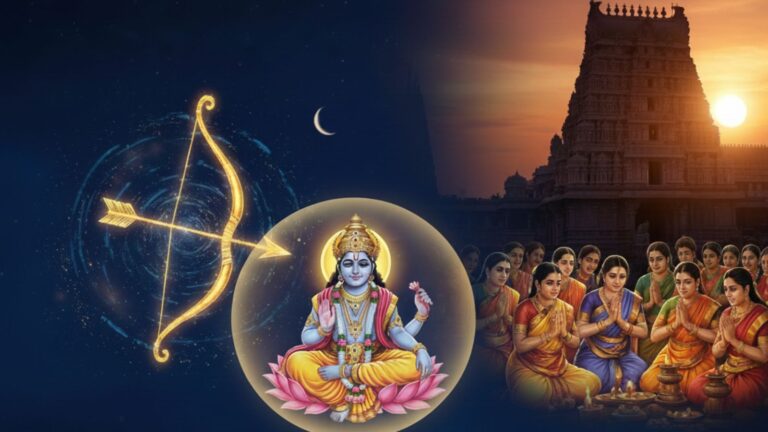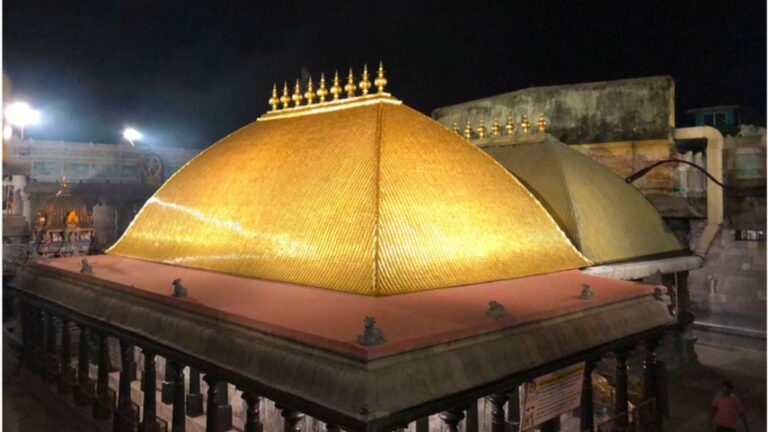During eclipses, Hindu temples across India customarily close their sanctums. Traditional belief holds that an eclipse disrupts natural energies, making the atmosphere unfit for worship. Ancient texts often describe eclipses as times when cosmic balance is disturbed, and so rituals of purification, such as cleansing the temple and re-consecrating the deity after the eclipse, emerged as ways of restoring sanctity. The idea is less about a deity’s inability to protect devotees and more about preserving ritual purity, which is central to temple practice. Temples operate within strict codes of cleanliness, symbolism, and rhythm, and even brief deviations are treated with seriousness.
Sri Kalahasthi Temple in Andhra Pradesh, however, stands apart. This temple, dedicated to Lord Shiva as Vayu Lingeshwara, is associated with Rahu and Ketu—the very shadow planets believed to cause eclipses. Texts describe it as a site that transcends the negative influences of eclipses, making worship here uninterrupted during grahan.
Thus, while most temples follow ritual closure to uphold tradition and cosmic discipline, Sri Kalahasthi remains open, symbolizing divine mastery over the very forces that create the eclipse. Special Rahu-Ketu poojas are conducted during these periods, and devotees flock to seek relief from astrological doshas.



